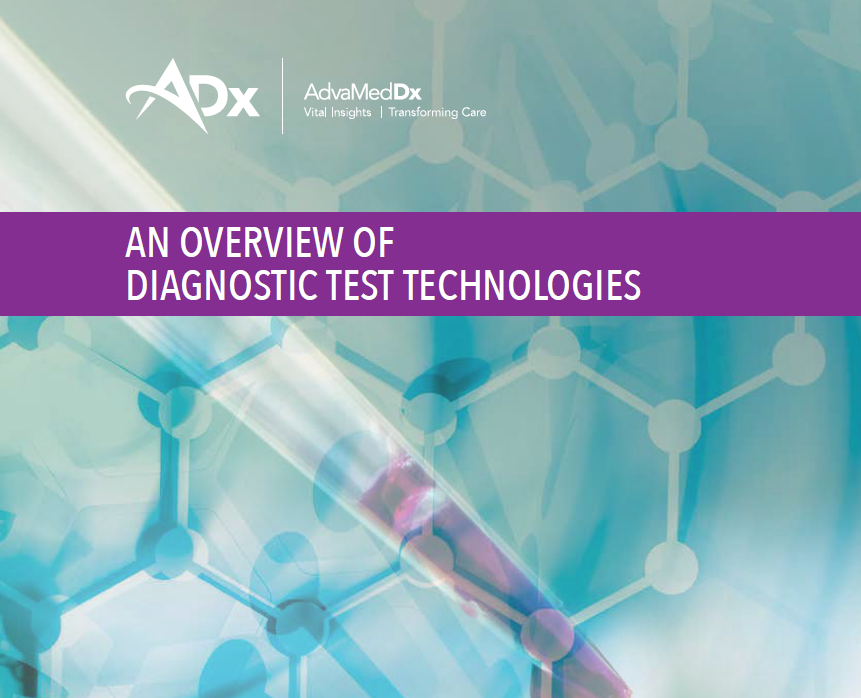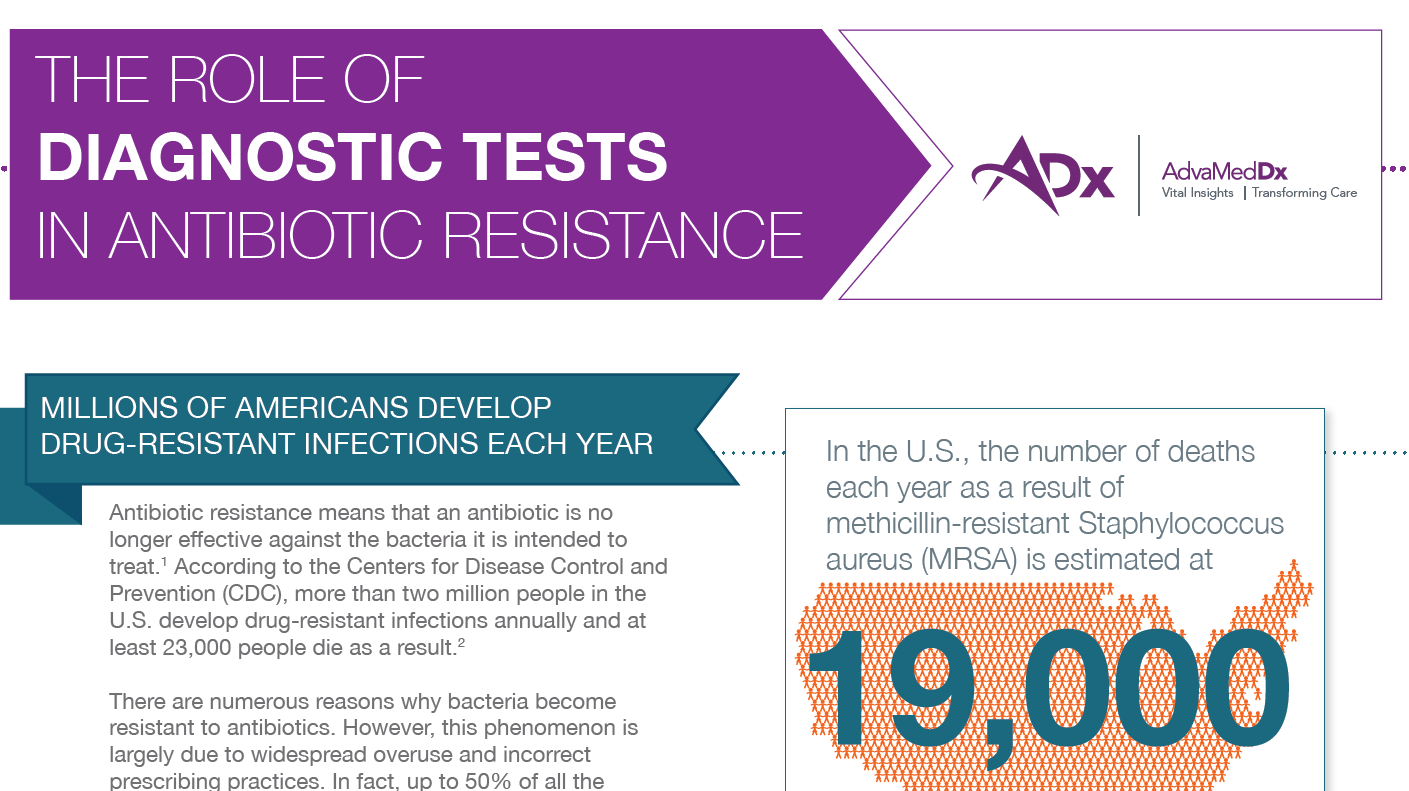Value of Diagnostics
Value of Diagnostics
In vitro diagnostics are tests used to determine the status of your health.
The use of the term 'in vitro', which in Latin means 'in glass', is a reflection of the fact that the vast majority of these tests were originally performed in a test tube. The IVD industry produces reagents, analytical instruments, and accessory products that are needed to perform diagnostic laboratory tests:
- Reagents are solutions of highly-specific biological or chemical substances that are able to react with target substances in the samples. This process will result in an outcome that can be measured or seen.
- The analytical instruments are the various machines and equipment that automate the process and are used to bring samples and reagents together. Analytical instruments measure the result or other qualities and parameters in the samples.
- Accessory products, such as the software programs used to run the instrumentation, and control solutions that check the performance of the systems are also produced by the IVD industry.
Together, reagents, instruments, and accessories are referred to as "in vitro diagnostic systems". In some jurisdictions, certain IVD medical devices may be covered by other regulations.
Benefits of IVDs
IVDs are a crucial component of clinical care. They are becoming increasingly familiar, as the use of self-tests, such as for pregnancy tests and blood glucose monitoring for people with diabetes becomes more common.
IVDs are a critical factor in determining your healthcare needs. Medical decisions are taken on basis of information provided by IVDs. They help guide clinical decisions on what treatment or intervention will be most appropriate, ranging from managing cholesterol levels to detecting genetic conditions. At an even earlier stage, IVDs can be used to detect conditions even before signs of illness, often saving a great deal of suffering and at times unnecessary treatment.
In many conditions, the early diagnosis provided by an IVD can provide better long term outcomes, by highlighting a need for treatment or lifestyle changes. In some cases, such as certain cancers, the information from an IVD test can help prevent premature death. Diagnostics also play an important role in public health programmes, such as population screening for communicable diseases.
Where IVDs are used?
IVDs are used in large-scale population screening, such as for cervical cancer, as well as for predicting whether a specific medicine or treatment will work on a patient. Patients with diabetes use IVDs regularly to monitor their blood glucose. They are also used to make or confirm a medical diagnosis, from confirming a pregnancy to checking for infectious diseases such as hepatitis or HIV.
IVDs have vital roles in the management of both chronic and acute conditions. Many of the major disease areas placing such a burden on healthcare systems would struggle without effective diagnostics. Clinicians managing patients with cardiovascular disease, diabetes, and respiratory disorders depend greatly on diagnostics to monitor and control disease progression.
In acute settings, such as dealing with outbreaks of infectious diseases, diagnostics also play a vital role. Diagnostic manufacturers are able to respond rapidly to detect new strains of potentially serious epidemic agents such as avian flu.
In many conditions, the early diagnosis provided by an IVD can provide better long term outcomes, by highlighting a need for treatment or lifestyle changes. In some cases, such as certain cancers, the information from an IVD test can help prevent premature death. Diagnostics also play an important role in public health programmes, such as population screening for communicable diseases.
Learn more:










IVDs are found in virtually every healthcare setting and at every stage of the patient care pathway. They are a critical gateway to healthcare and appropriate care.